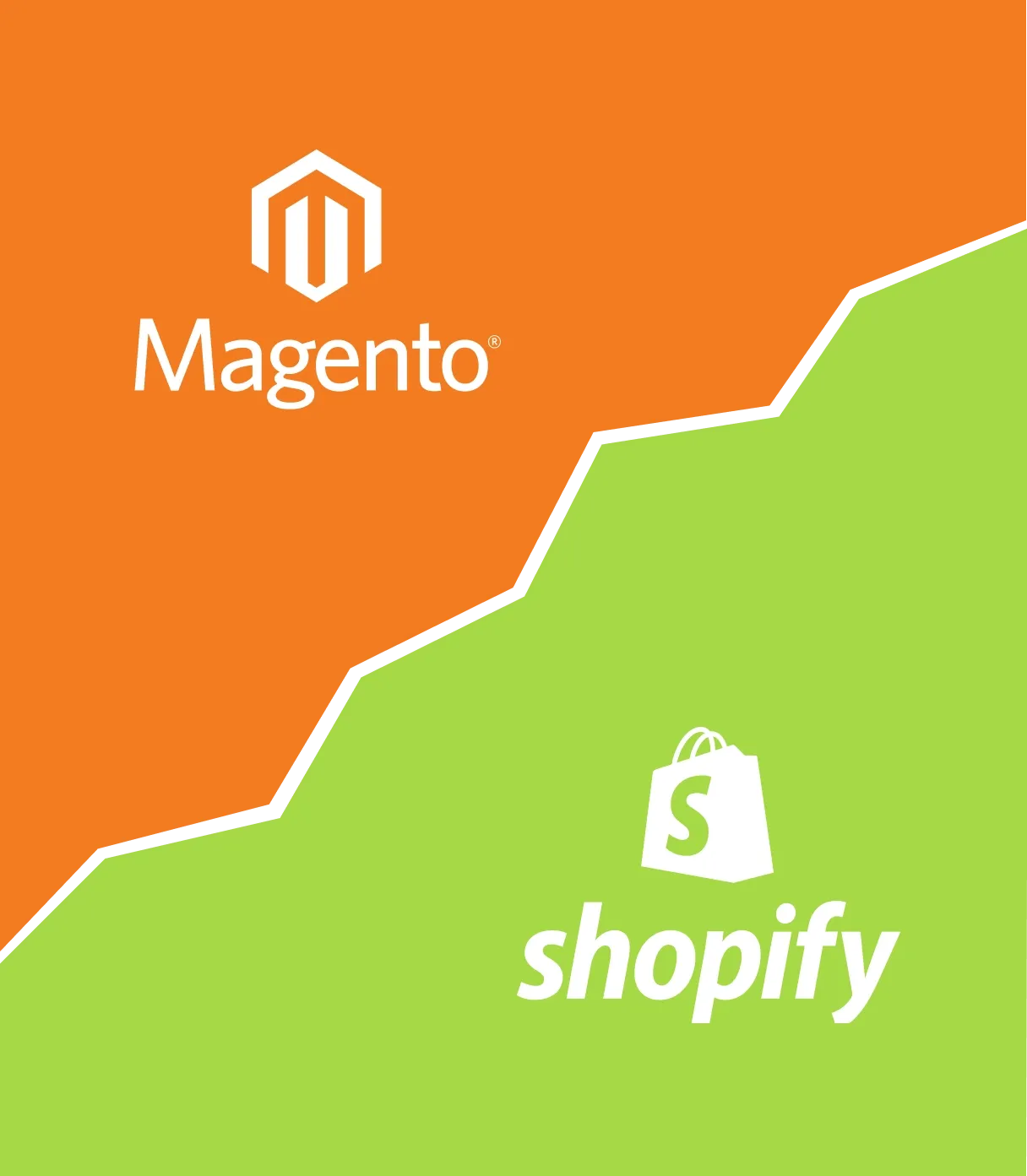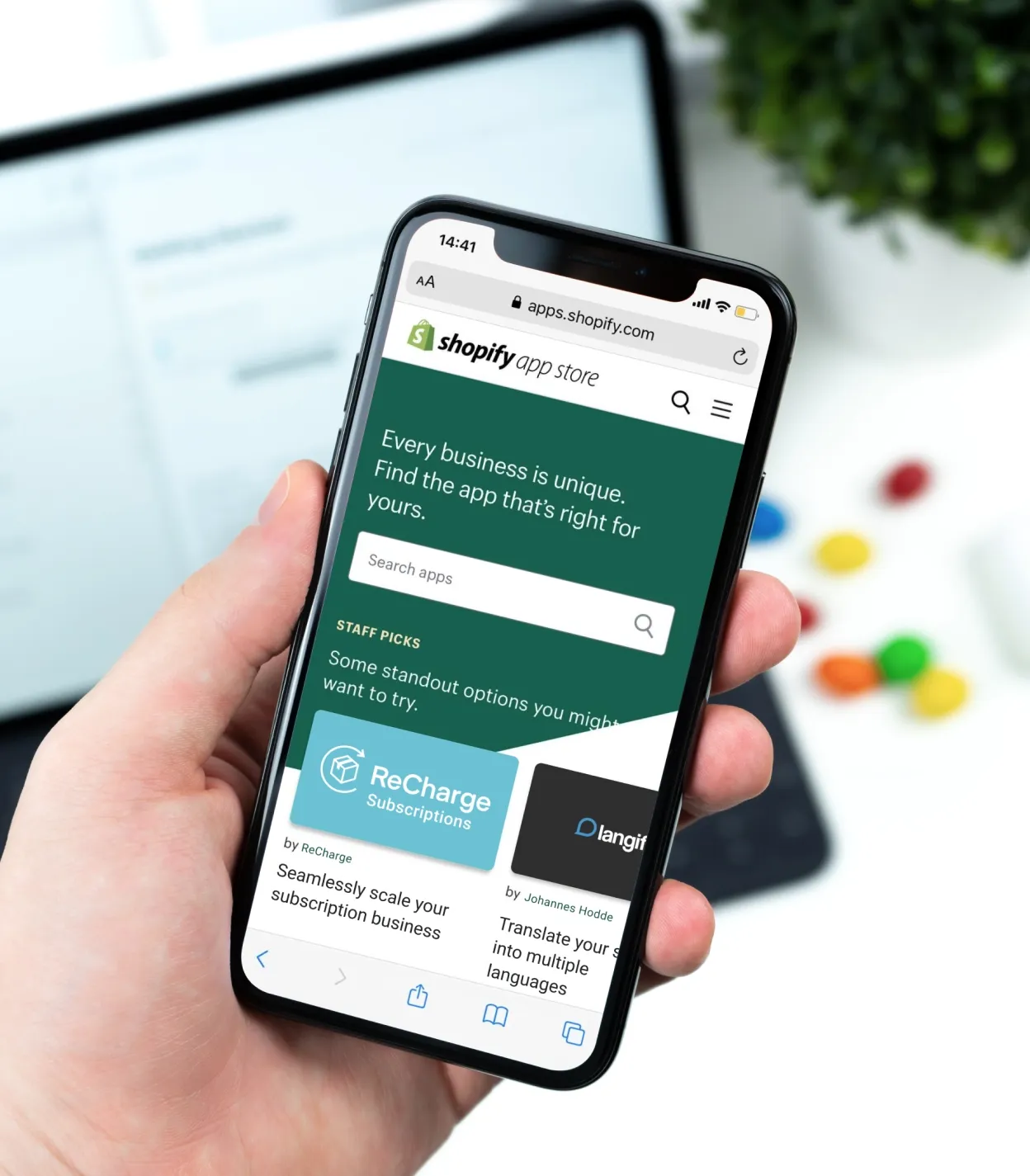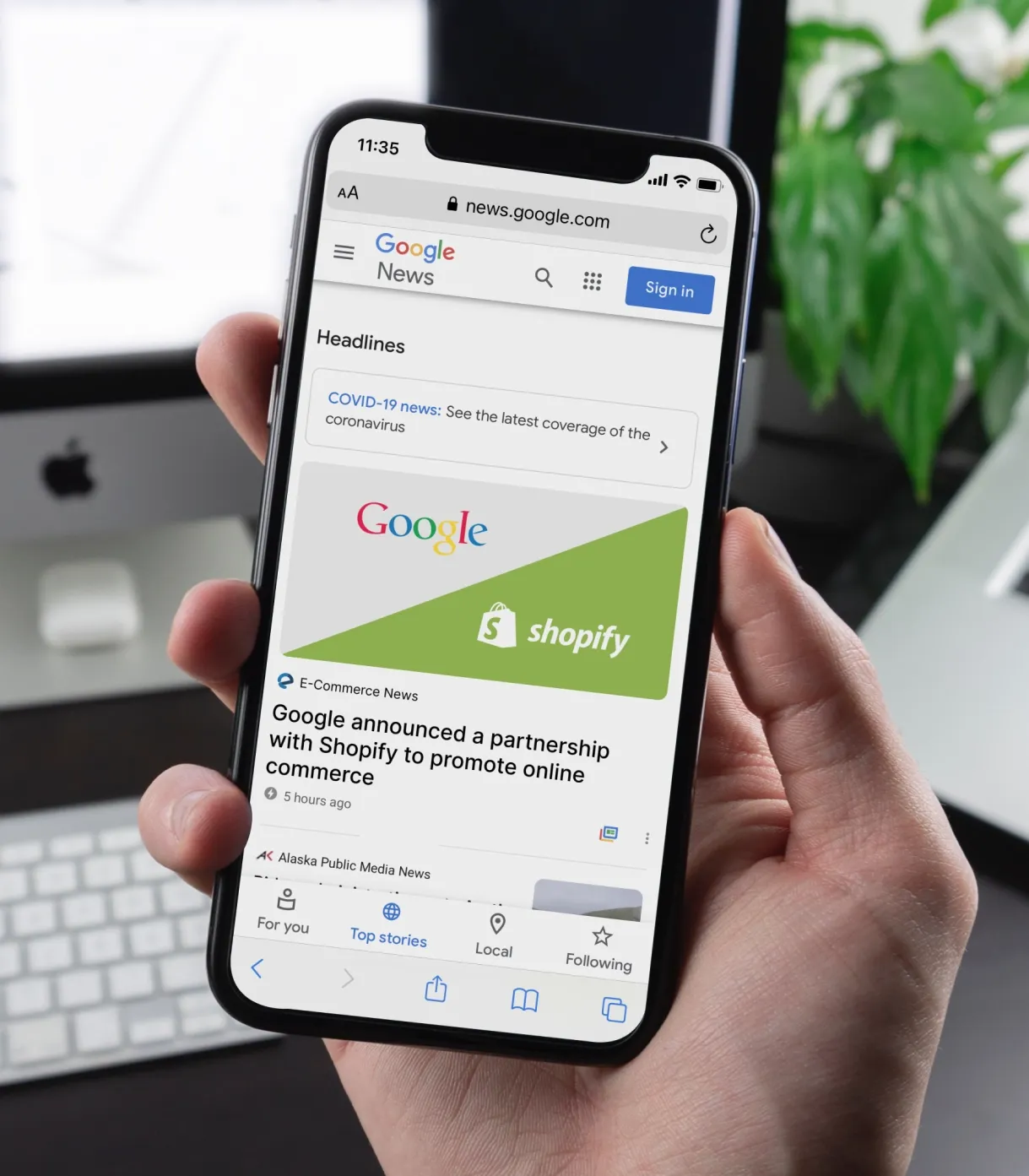
E-commerce with a headless CMS approach is a “multi-channel strategy” that places goods on a customer-friendly platform. Choosing the right platform for development can increase your sales growth across all e-commerce channels. In the article, you will find a comparative description of the headless and traditional approach to content management, the technical and economic advantages of the headless Shopify approach.
What is a headless CMS?
In web development, a “head” means the frontend part — the interface of the system. Headless CMS is a type of content management system that was initially designed without a frontend, but only with API — programming interfaces for interacting with external applications and services.
Such a system can work simultaneously with several distribution channels and doesn’t link it to a specific output. You will be able to manage the content virtually and centrally from anywhere.
Thanks to the headless architecture, many business tasks can be delegated to independent software products. Thus, one part of the software is used to operate the frontend part, it also refers to all those functions that are not directly related to the creation of content and its management, and the backend part is used to work with the functionality.
Let’s analyze how headless commerce works using the example of an online store made under the Shopify headless approach.
The difference between Shopify headless CMS and traditional CMS
Now merchants have great options to build their e-commerce business. Using all-in-one platforms like Shopify allows entrepreneurs to set all necessary sales processes — ready-made UI themes, registrations, login, checkouts, shipping. Everything is there for business needs.
Once your business has grown and you are looking for options of how to scale it — headless CMS is one of the game-changing decisions. It is the headless e-commerce Shopify approach that will give your business the flexibility and a huge amount of tools to reach as large an audience as possible and build relationships with them. Traditional e-commerce solutions cannot boast of such capabilities.
Going headless, website admins can create, change content, and design without hurdles, and you will not need to add code to the backend or hire a development team. If you’re curious about the difference between headless commerce and traditional commerce, read our recent headless commerce guide, where we compare these two solutions.
Decoupling frontend and backend parts allow you to implement site updates without having to dig into the backend part of your e-commerce platform. This way you can shorten development time and focus your energies on serving customers across different sales channels. The simplest example is publishing new content to your site, but you do this through headless CMS, not the e-commerce platform backend.
How to decide if Shopify headless approach works for you?
The decision to switch to headless CMS is a strategic business decision. For example, you develop your business on the e-commerce platform, but now you feel that the platform functionality is too limited for your needs. At the same time, you do not want to absolutely start from scratch and change the platform. In this case, the Shopify headless CMS is the right choice.
Let’s consider a few factors that will help you to understand whether to consider a Shopify headless CMS. There could be several reasons for switching to a headless solution, they are:
- Shopify themes can’t be customized as needed or it takes many hours of development and we always need to come up with custom solutions.
- New sales channels such as social media, mobile apps, smartwatches are difficult to set up.
- Storefront takes too long to load as the e-commerce platform contains limited optimization settings. Users do not wait for the download and leave the page.
- Competitors are more active in the market and offer more personalized offers across different sales channels.
- It’s difficult to add new tools to the site architecture, it slows down the work of the team.
If you recognize yourself in at least one of these points, then you should read this article further and finally decide to implement a headless CMS in your Shopify store.
The second important factor is price. Headless architecture development is pricey at first sight. But in the long run — you win. As soon as you switch to this solution, you can manage the changes on the site yourself, and your tech support costs will be halved since there will be no need to make changes in the backend part. Instead, the frontend part can be easily managed by a non-developer team or partially by frontend developers.
But before investing in an entire website, you can do a test and build a small headless website section, for example, the landing page.
Benefits of Shopify headless approach
In the long term, Shopify headless e-commerce platform means savings — as soon as you switch to a solution, you will independently manage changes to the site, and your technical support costs will be reduced. You no longer need to make changes to the server-side. Developers don’t need to master the control system from scratch, it’s enough to understand the administrative interface and API.
Now let’s take a closer look at the benefits of headless CMS that we have identified from our practice.
1. Reduced time to market and increased flexibility
Implementing CMS under the headless e-commerce Shopify, you get that flexibility so you could build the right digital presence and distinguish communication with your audience, thus standing over your rivals.
Let’s imagine you need to quickly create a new field for the Promo page. With the headless solution, you no longer need to edit multiple levels of coding, which is time-consuming. The headless approach offers a seamless user experience and multi-channel content publishing. You create content in one place and use it in other channels.
Developers are not tied to the frontend technologies of the platform — you can use ReactJS, VueJS, or Angular. You define what data needs to be received on the frontend page through the API.
2. Out-of-the-box personalization
Personalization is an attribute of modern marketing today. Shoppers expect personalized communication from a brand they love. If you don't fit with that trend, then it's likely your customers will be considering shopping options from your competitors.
Google claims “People are 40% more likely to spend more than planned when they identify the shopping experience to be highly personalized.” It's hard to argue with such numbers.
Headless architecture allows the business development team to plan more campaigns, do updates, run split testing and optimize activities faster and get vital data to improve digital presence. While the digital team gets numbers and data quickly, developers can quickly implement all updates. So, you can customize your audience's entire customer journey, update each storefront and sales channel that your buyer persona uses for shopping.
3. Seamless integration
As we mentioned earlier, the functioning of headless e-commerce solutions is done using an API that makes it easier to integrate and communicate with other platforms and gadgets. You can add your product to any new platform or device, expanding capabilities and reaching more customers at the same time.
Content is easily transferable to new interfaces. For example, to implement an application for iOS, if there are web and Android versions, you do not need to create a new backend — one more client application is simply added to the existing scheme.
Our expertise
We have experienced frontend and backend developers in our team. We would like to share with you the headless cms solutions and one of our successful projects in the e-сommerce domain.
Client
OURA is an American textile company that produces hats, air masks, exfoliants for skincare and kitchen aprons. But the story of these products is social — the company is engaged in charity work for children with cancer.
Tasks
A client approached us with a typical Shopify site that did not meet the new challenges of the business environment. The main task was to establish content management for detailed product descriptions, organize video and photo content, optimize SEO for an effective website promotion on search engines. It also needed a redesign to improve the UI/UX. We solved these issues and focused primarily on custom features.
Solution
We encouraged the client to continue developing the current website and add new integrations to existing services. We integrated the new site with the old admin panel, based on a headless architecture — the client can use the content of the website in various applications. This has been a sorely needed feature as businesses seek to sell products on marketplaces and third-party apps. The end result was an e-сommerce website integrated with the Shopify Plus API that managed the warehousing, shipping and payment service. The client later used the website as an effective sales tool for the US and EU markets.
Result
Developing by optimizing the current site helped save money by not having to develop everything from scratch.
The client was satisfied — there were more opportunities to promote the website and sell more products. By implementing SEO, we have raised the OURA website in the search engine, and the traffic indicators have increased. The site gained 1000 new users per day and continues to scale.
With Shopify headless e-commerce solutions, you can rely on instant business development:
-
design and customize e-commerce storefront
-
use pre-built integrations
-
operate user-friendly dashboards for content management
-
jumpstart sales
-
provide users with a clutter-free interface
Need a consultation in developing a bespoke solution? Contact us via link.












Was this helpful?
0
No comments yet